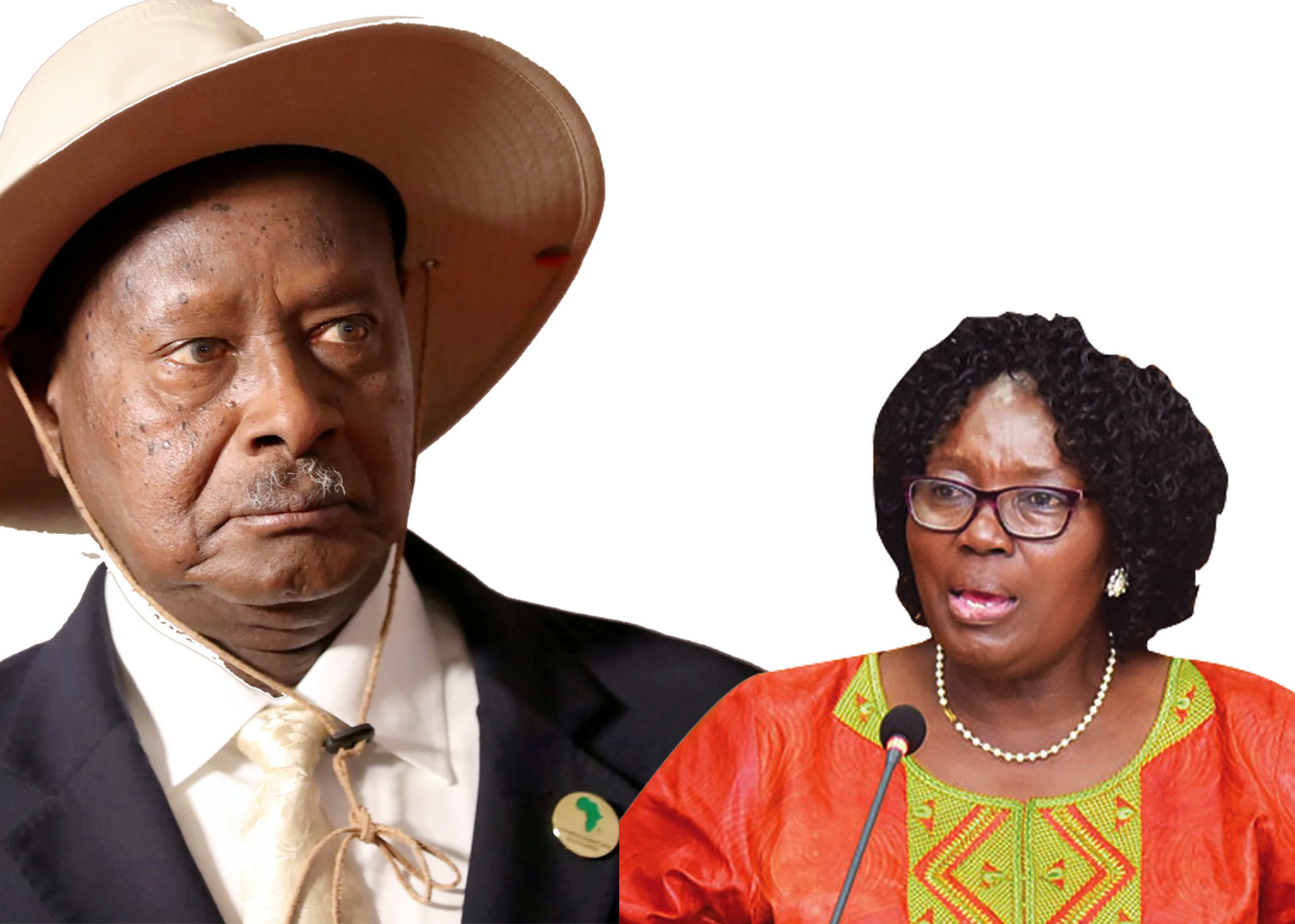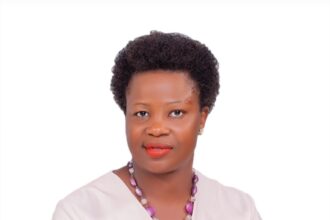Of late, the news is awash with military coup developments in the Africa’s Sahel region. We have witnessed Three years of coups around Africa’s Sahel region — eight of them in six nations, from Guinea on the Atlantic to Sudan on the Red Sea. This just can’t be a mistake. If you look critically at the causes of this instability, it has a lot to do with climate change as a “threat multiplier” in the Sahel region.
What is a threat multiplier and where did this term come from? I certainly didn’t coin this term and many of you reading this can quickly notice this. This term actually comes from the U.S military. They label climate change a threat multiplier because climate change isn’t creating a new problem that didn’t exist before. It’s taking a problem we already have and exacerbating it or making it worse.
The Sahel’s crisis have uprooted more than 4 million people and could add millions more to our record levels of global human migration as Africa’s population grows and its climate destabilizes. Political stability is majorly influenced by our economic realities and if climate change distorts our economic realities, the politics unravels creating instability especially in fragile areas like the Sahel.
The Sahel is a mostly semi-arid belt of barren sandy and rock strewn land that marks the physical and cultural transition between Africa’s more fertile tropical regions to the south and the deserts in the north. It stretches from the Atlantic Ocean in Mauritania and runs east through Mali, Burkina Faso, Niger, Nigeria, chad and Sudan all the way to Eritrea on the red sea coast. In the past few decades, this region has been engulfed in a perpetual cycle of famines, religious terrorism anti state rebellions as well as arms drugs and human trafficking.
In most countries in the Sahel, food security is a concern. There is a growing number of inter-community conflicts due to competition over access to land and fresh water. Resources are very scarce due to increasing desertification, drought and climate change yet demand for these resources is growing due to the demographics of the region. This imbalance inevitably leads to completion for resources that spiral and morph into civil strife and conflicts.
Climate change is inevitably redrawing the maps of the Sahel. In the 1970s and 80s, Lake Chad used to be the largest lake in Africa. But climate change has shrunk its surface area by 90% since then. This has deprived over 80 million people of fresh waters. Yet the population growth in this area is happening frighteningly and quickly growing . Once massive population growth combines with the devastating impacts of climate change in this region, it will mean more people will compete and even fight for increasingly scarce resources.
For over 10 years now, lake chad has seen high levels of conflict and violence in all four of its countries, this conflict started in north east Nigeria which has driven many youth to follow radical charismatic leaders like Mohammed Yusuf. These violent extremists have now spread to Chad, Niger and Cameroon. Lake Chad might have stopped shrinking for the last 20 years, but the people around the lake are facing unpredictable rains that’s affecting the lives of those dependent on the lake.
In 2007, the 11 Sahel countries agreed to plant a green wall of Africa. This was an ambitious Great Green Wall, a mosaic of reforestation efforts to stop desertification. However, it has been plagued by delays and challenges. The most immediate solution to reducing the threat multiplier effects of climate change is for the Sahel countries to strengthen good governance. There is need for sub Saharan countries not part of the Sahel to take interest because their communities will be forced to take on an increasing number of Sahel refuges that they aren’t ready for.
Samuel Obedgiu
Agricultural Biotechnologist and Climate Change Activist
Email. sammyobedgiu@gmail.com
Do you have a story in your community or an opinion to share with us: Email us at Submit an Article








